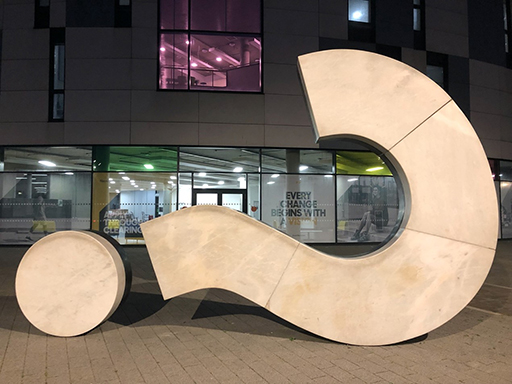5 Assessment
A good starting point for changing practice, and an element that needs to be considered early on in learning design, is assessment. It is often assessment that drives learner activity, helping them to decide what to prioritise and where to focus their attention.
There are three categories of assessment and each has a different purpose. Being clear about the purpose(s) of assessment enables you to evaluate whether an assessment task is actually fulfilling its required function. If it is not, then it may be placing an unnecessary burden on learners.
Assessment for learning gives both educators and learners information about what learners know so that:
- educators can target future teaching and resources, and feedback to address any areas in which a particular learner needs further development;
- learners can determine areas of study that need additional attention.
Assessment for learning can take place before a course of study, in the form of diagnostic assessment intended to identify learners’ existing knowledge, skills, strengths, needs, interests and learning preferences. It can also take place during a course of study, with the aim of giving learners and educators information that can help learners to improve their knowledge and skills.
Assessment as learning emphasises the role of the learners, engaging them in self-assessment as active participants in directing their own learning. Often featuring reflection-based activities, this approach requires educators to help learners critically analyse their own learning.
Assessment of learning, or summative assessment, is generally used to confirm what learners know, and can do, and whether they have achieved the related learning outcomes. It can also be used to rank learners in order of ability.

